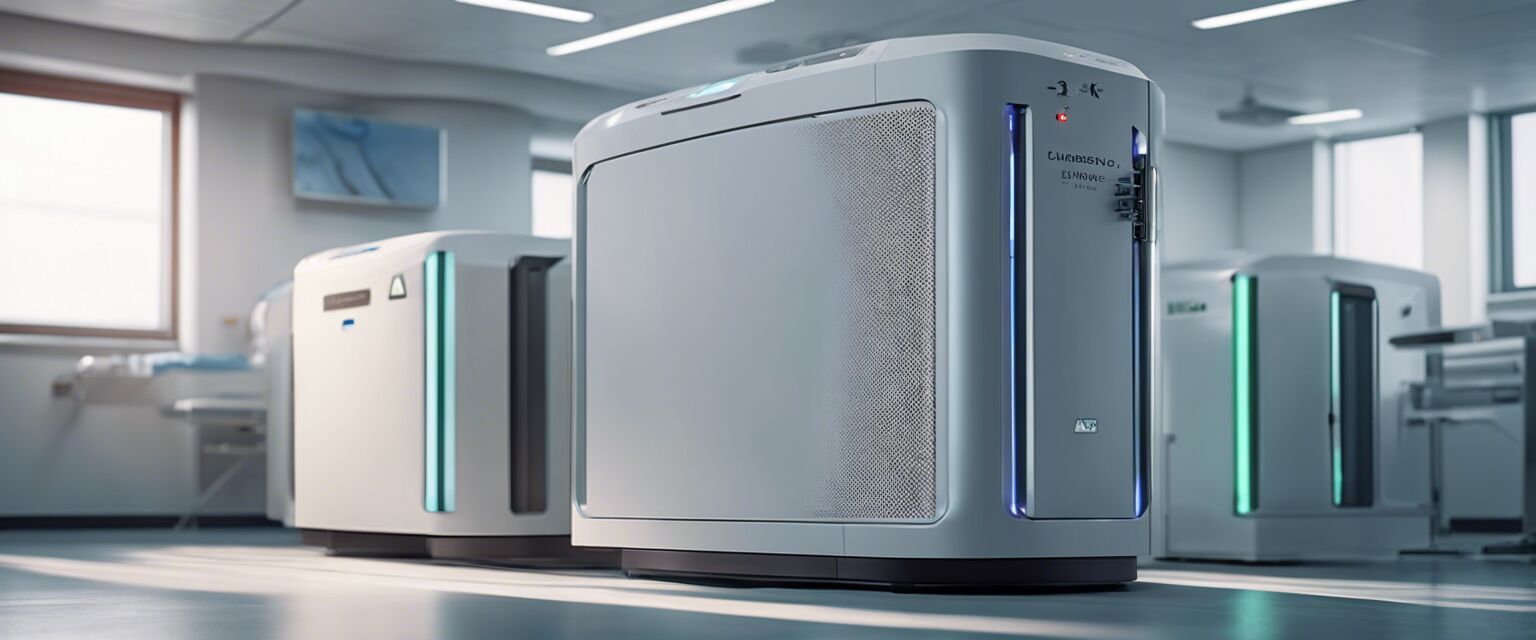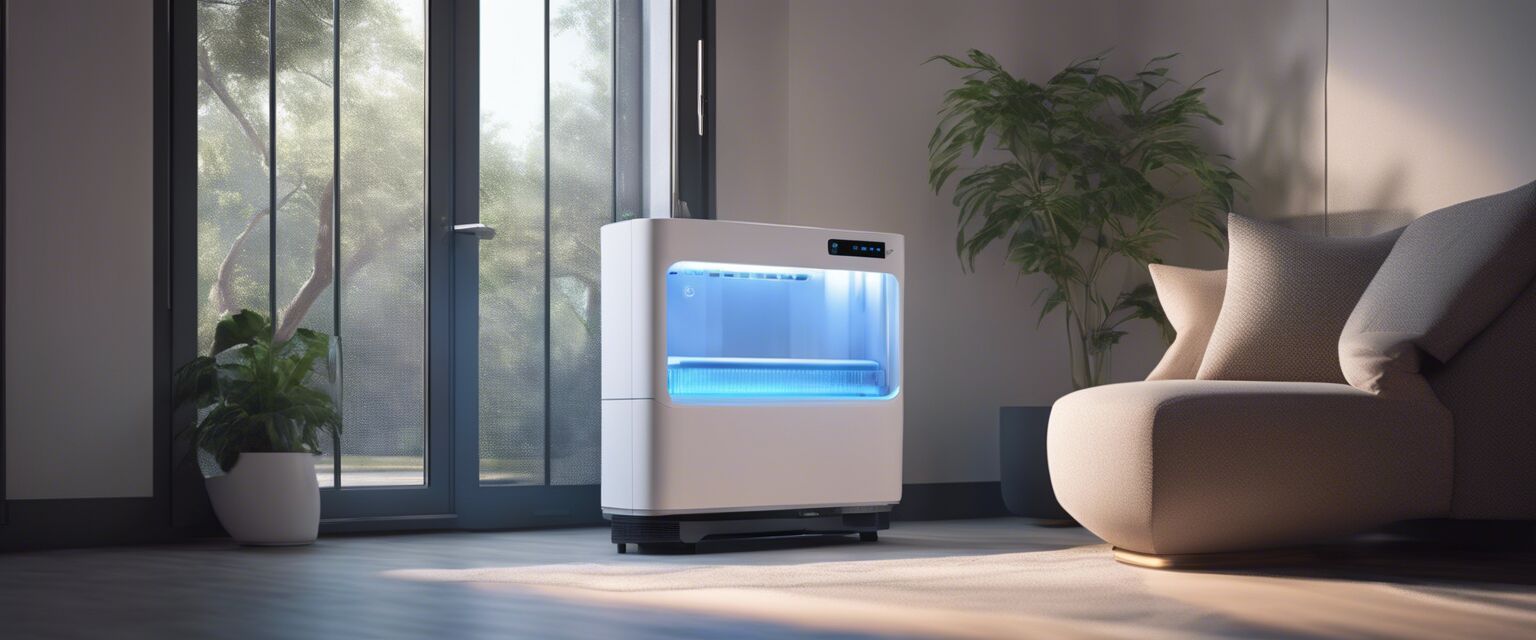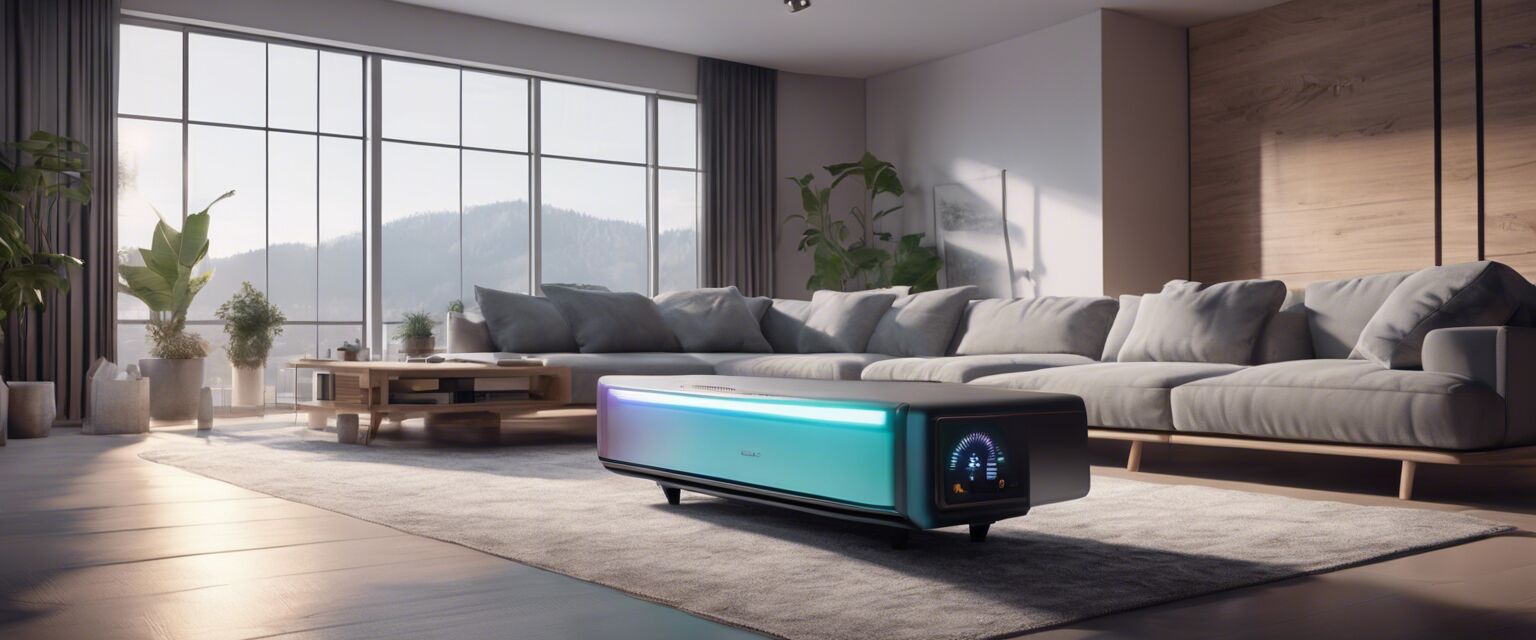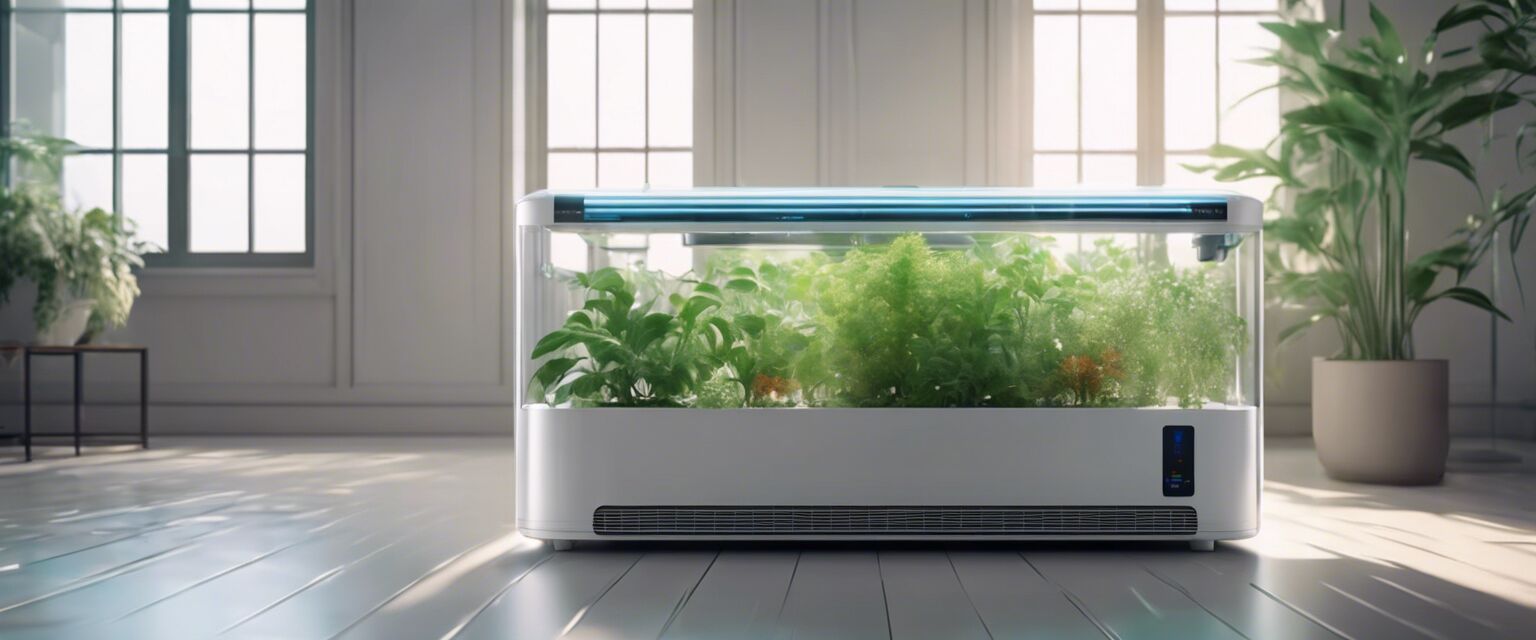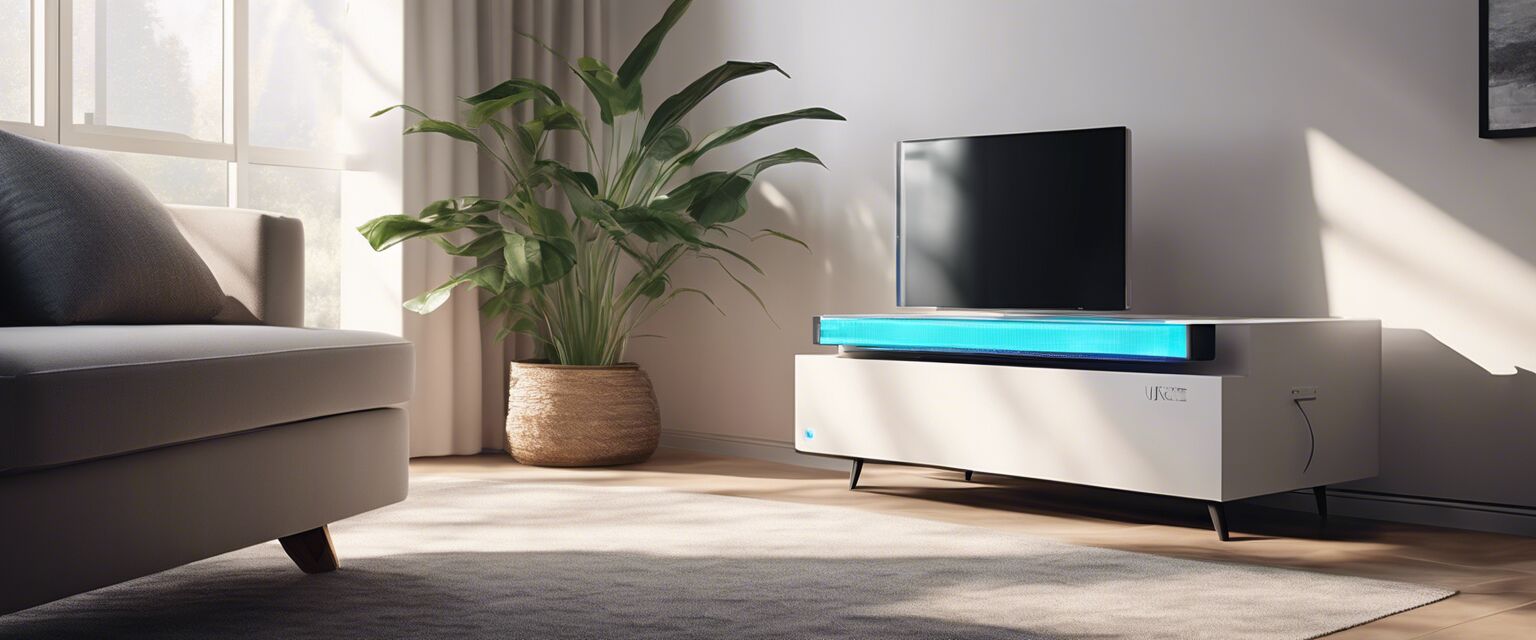
The Science Behind UV-C Technology
Key Takeaways
- UV-C light is part of the ultraviolet light spectrum that effectively destroys bacteria and viruses.
- Studies indicate that UV-C technology is crucial for maintaining healthier indoor air quality.
- Various applications include home air purifiers, commercial sterilizers, and even car UV-C devices.
- Understanding the mechanisms of UV-C systems helps in selecting the right product for your needs.
Understanding the science behind UV-C technology is essential for those looking to improve air quality and hygiene. This article dives into the principles of UV-C light and its effectiveness in various applications, including air sterilization at home and in commercial settings.
What Is UV-C Light?
Ultraviolet (UV) light is part of the electromagnetic spectrum, which includes visible light and infrared light. UV light is divided into three categories: UV-A, UV-B, and UV-C.
| Type of UV Light | Wavelength (nm) | Effects |
|---|---|---|
| UV-A | 320-400 | Effects the skin and can cause tanning. |
| UV-B | 280-320 | Can cause sunburn and other skin effects. |
| UV-C | 100-280 | Effectively kills microorganisms, used in sterilization. |
How UV-C Technology Works
UV-C technology operates by emitting high-energy UV-C rays that disrupt the DNA or RNA of microorganisms, rendering them unable to replicate. This makes it an effective tool for sterilization.
Applications of UV-C Technology
UV-C technology can be used in various settings, such as:
- Car UV-C Sterilizers: Ideal for maintaining hygiene in vehicles.
- Commercial UV-C Sterilizers: Vital for businesses needing to ensure a sterile environment.
- Home UV-C Air Purifiers: Great for improving indoor air quality.
- Portable UV-C Sterilizers: Flexible solutions for on-the-go sterilization.
- UV-C HVAC Sterilizers: Enhancing the cleanliness of HVAC systems.

Scientific Studies Supporting UV-C Technology
Numerous studies have been conducted to evaluate the effectiveness of UV-C technology. Here are some insights:
| Study | Findings |
|---|---|
| Study A | 99% reduction in pathogens in a controlled setting. |
| Study B | Showed UV-C's effectiveness against airborne viruses. |
| Study C | Proved long-term use leads to significant health benefits. |
"The consistent application of UV-C sterilization can significantly contribute to improved air quality and reduced disease transmission." â Scientific Journal of Indoor Air Quality
Effectiveness of UV-C Devices
When considering UV-C sterilizers, effectiveness is measured by:
- Intensity of UV-C light.
- Duration of exposure.
- Distance from the target area.
Choosing the Right UV-C Sterilizer
Helpful Tips for Beginners
- Research the UV-C intensity of the device.
- Consider the size of the area you wish to sterilize.
- Look for certifications and effectiveness ratings.
- Follow the manufacturer's instructions for operation.
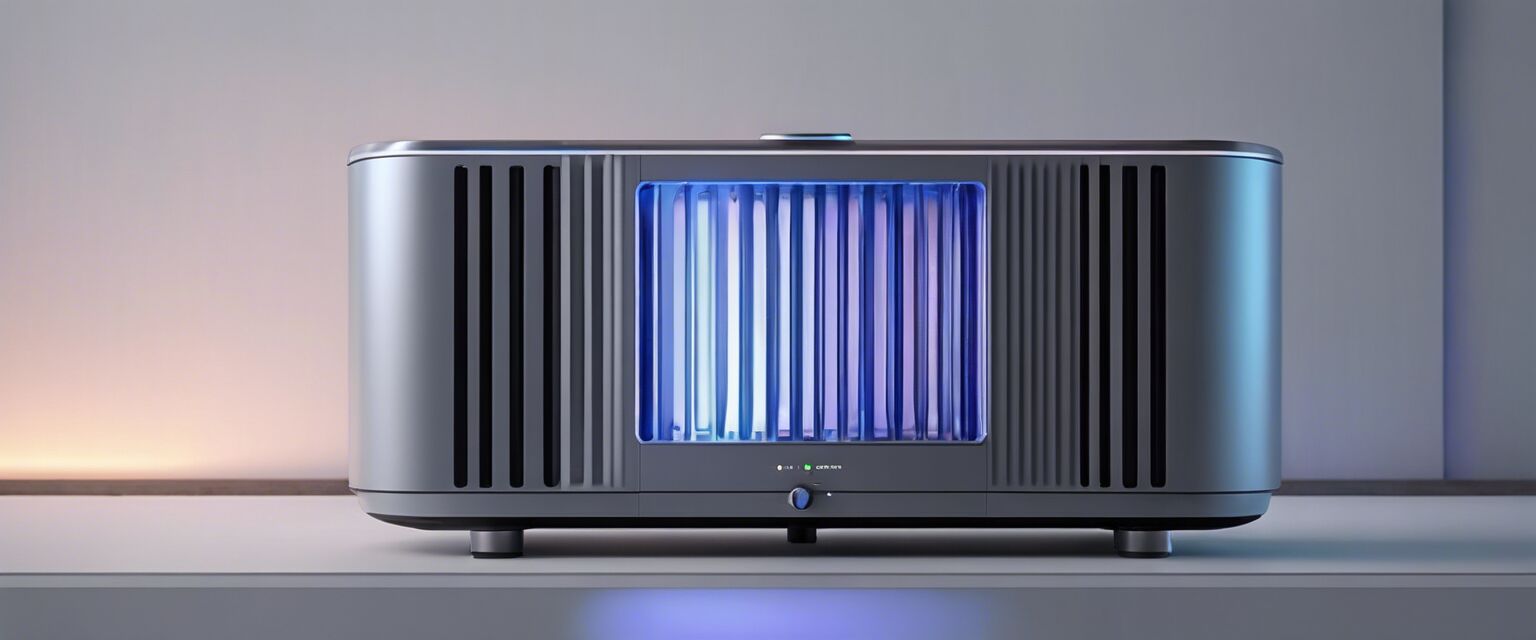
Pros and Cons of UV-C Technology
Pros
- Highly effective in eliminating pathogens.
- Environmentally friendly as it doesnât produce harmful chemicals.
- Can be easily integrated into existing air purification systems.
Cons
- Must be used with care to avoid overexposure.
- Not all UV-C devices are created equalâefficacy varies.
- Requires regular maintenance to ensure optimal performance.
Conclusion
UV-C technology is a scientifically backed method for improving air quality and ensuring hygiene in various environments. Understanding the mechanisms and applications of UV-C sterilizers can make a significant difference in selecting the right product for your needs.
Explore Our Products
For those interested in integrating UV-C technology into their routine, check out our range of products:
